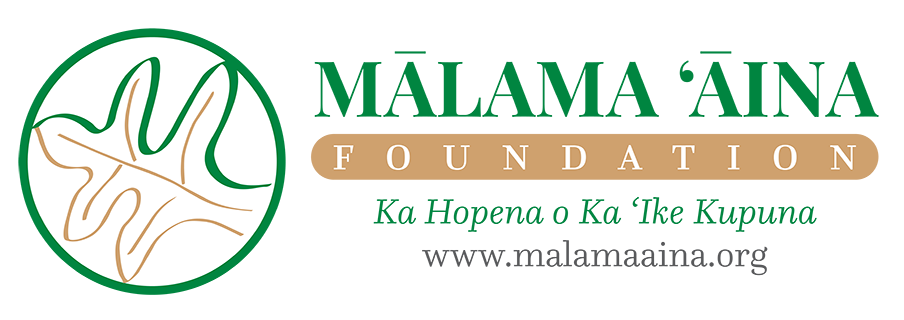Frequently Asked Questions
How is MAF funded?
100% of MAF’s revenue is through grants, such as the US Department of Education’s Native Hawaiian Education Act.
Why are MAF’s programs needed?
Years of research have shown that Native Hawaiian youth have lagged behind in achievement in higher academic education when compared to non-Hawaiian students. Native Hawaiian students have been found to be more educationally at-risk and have lower graduation rates than their peers. Records show at least a nine percent deficiency in academic levels compared to their peers, which increases as these Native Hawaiian students move up through the educational system. This has been partly attributed to Native Hawaiian cultural traditions of learning through a hands-on approach, as opposed to the Western educational model of explicit instruction and testing.
Although Hawaiian charters schools are seen as one solution to this issue, those schools themselves face special problems with limited resources requiring additional support, especially in STEM education. Based on research and as confirmed by program staff, the presentation of STEM topics in a place-based and project-based context in addition to the Western model of classroom learning has served to further enhance student comprehension, appreciation and interest. In addition, as Native Hawaiians are severely under-represented in STEM education and professions, our programs serve to stimulate interest in STEM subjects and careers.
How does MAF determine what type of curriculum to implement?
MAF draws upon a variety of sources when implementing programs, including research and evidence-based practice, data from past MAF programs, feedback from schools, and Native Hawaiian culture and practices. A culture-based model rather than a Western-based model of education has been found to be effective for Native Hawaiian students. Before Western contact, Native Hawaiians utilized education that was place-based, skill-based, and practical, with the land as a natural classroom. Therefore, it is not surprising that outside fieldwork has been found to be very effective especially for Native Hawaiian students, as they are more open to and engaged in this approach in learning. This approach in learning not only increases academic achievement, but also reconnects Native Hawaiian students back to the land and their culture.

